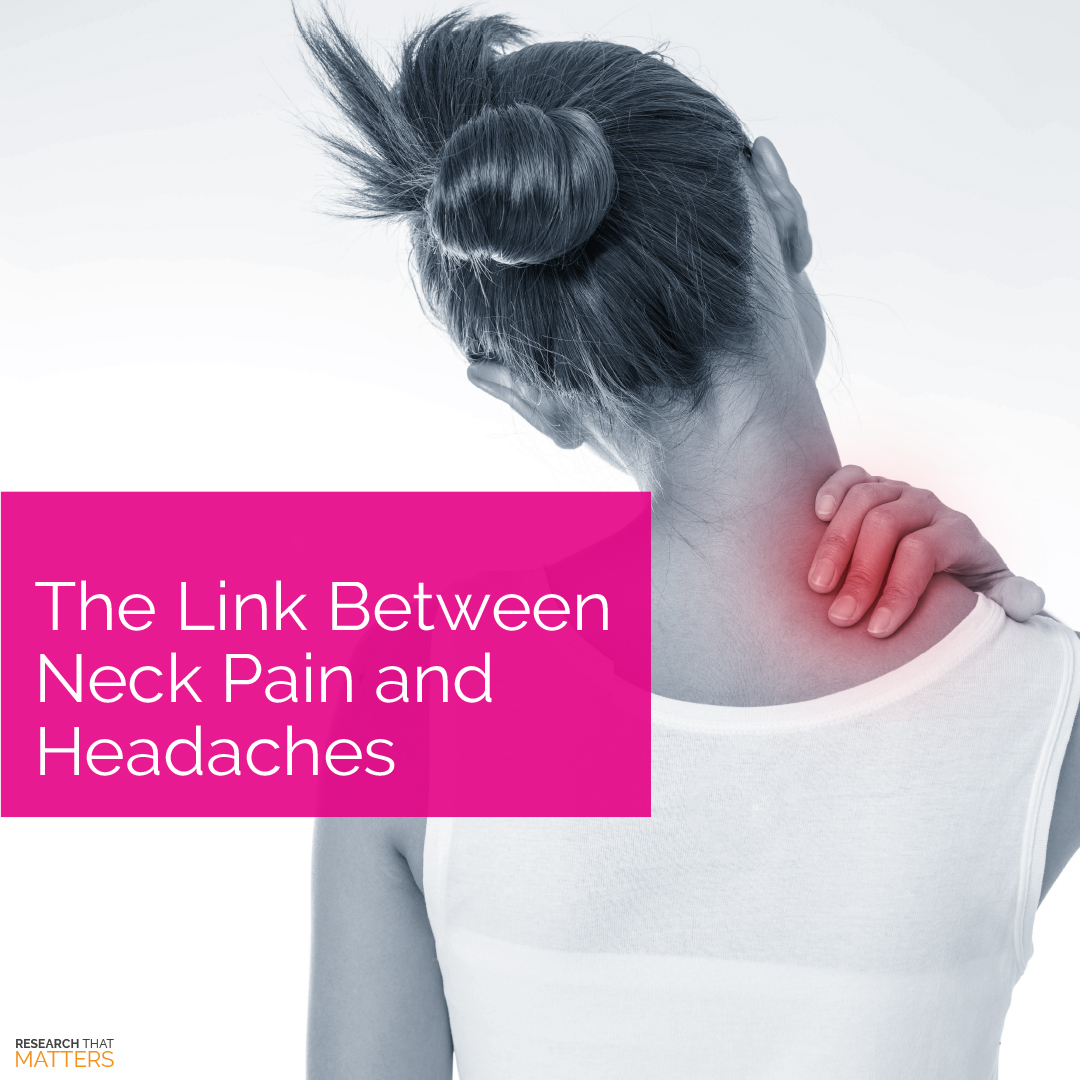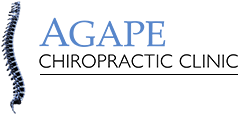section-02280fe
Shoulder Pain: How to Find Relief
 Bottom Line:
Bottom Line:
Did you know… your shoulder is the most unstable and moveable joint in your body.
Its wide range of motion is facilitated by four primary muscles and their tendons, which together are called the rotator cuff.
If your shoulder becomes inflamed or an impingement occurs, you may make the mistake of avoiding using your arm to help it heal.
It may surprise you to learn that controlled movement is one of the best ways to heal.
Not moving your shoulder can actually contribute to more pain – or even lead to a frozen shoulder!
Why it Matters:
The most common source of pain in the shoulder is the tendons.
Your tendons attach the muscles of the shoulder to the bones.
• If the sac of fluid that cushions your shoulder becomes swollen and painful as a result of repetitive motion, you may have bursitis.
• If a tendon in your shoulder becomes inflamed, you may have tendonitis.
• If a tendon gets pinched between or under the bones of your shoulder, it can result in shoulder impingement. Lifting overhead repetitively can cause impingement, and you may experience swelling and pain.
• If a tendon in your shoulder becomes torn, you guessed it – you have a rotator cuff tear. Your rotator cuff can become damaged due to overuse, injury, or age, and tears usually cause pain when lifting and may be accompanied by a popping sound.
Next Steps:
Your shoulder and spine work together.
While it may seem like they are two completely different and independent areas of the body, research has shown that postural abnormalities can play a significant role in your likelihood of developing shoulder pain.
Maintaining a full range of motion in your shoulder and in the spinal joints of your neck and mid-back can help reduce your chances of experiencing shoulder pain.
If you’ve been living with shoulder discomfort or difficulty moving, take a moment to contact us for a complete evaluation.
We’ll work together with you to create a movement-based plan that gives you the best chance of finding long-term relief, naturally.
Science Source(s):
section-3845968
The Link Between Neck Pain and Headaches
 Bottom Line:
Bottom Line:
Your head hurts. Could it be coming from your neck?
You may be surprised to learn that neck pain and headaches are tightly linked together.
A headache that starts from an issue in the neck is called a cervicogenic headache. A cervicogenic headache is characterized by a dull pain that radiates from the neck to the back of the head. At times it may spread around the side or front of your head.
Why it Matters:
Cervicogenic headaches are common if you spend long hours at the computer each day.
Neck stiffness and tender muscles around your head and shoulders often come along with cervicogenic headaches because of the position that many of us sit in all day.
That added stress and strain on your upper back and neck muscles adds up. Without taking proactive steps to address the cause, you may notice that the headaches become more frequent and intense.
Keep this in mind…
• Cervicogenic headaches can begin due to tightness in the shoulders, a stiff neck, or poor posture.
• Chiropractic adjustments can reduce the severity and frequency of headaches.
• Over 70% of people with cervicogenic headaches find significant relief with chiropractic adjustments.
Next Steps:
To break the cycle of daily cervicogenic headaches, you need to address the underlying cause.
Staying well hydrated (with water!), stretching at least every hour, and setting your workstation up ergonomically are all important to reduce your headache risk.
If you still notice that headaches are bugging you, or you’re experiencing neck pain or limited neck range of motion, call us for a complete evaluation so we can create a plan of care to help you not only get well, but stay well!
Science Source(s):









